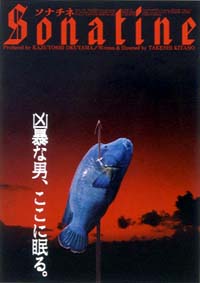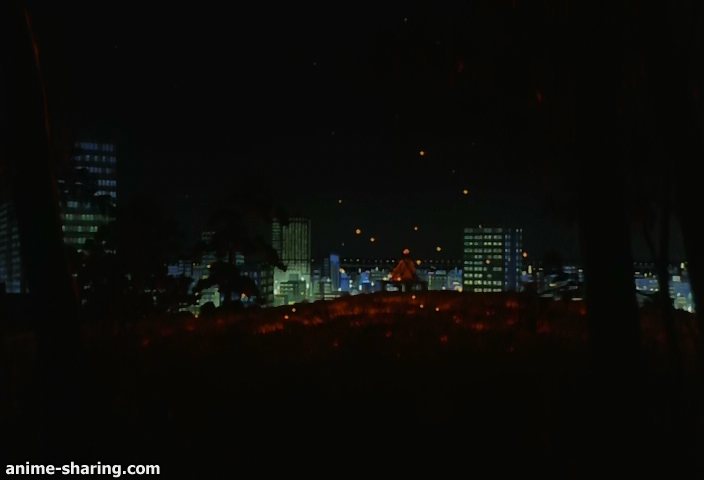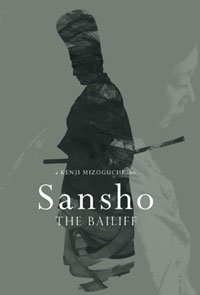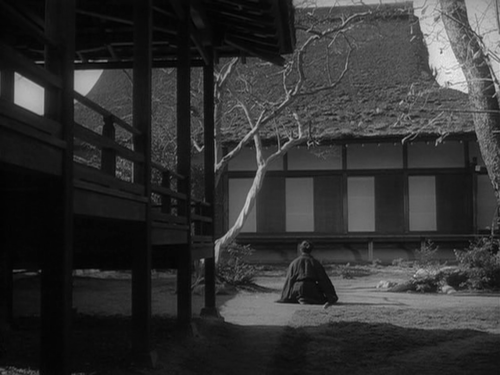Woman In The Dunes (Teshigahara, 1964)

Woman In The Dunes stands as one of the most enigmatic films of all time. This film was made in 1964, in between the classic Japanese cinema (Ozu, Kurosawa, Mizoguchi, Ichikawa) and post-modern Japanese New Wave (Oshima, Immamura). As such, many critics have found it hard to analyse this film without making comparisons with other Japanese films of that time. Indeed, Teshigahara's films are interesting and must be analysed based on their own merits. Released at a time when sex and porn was just hitting Japanese screens, Woman in the Dunes was dismissed as a cheap, erotica film by many Japanese critics. However, its success in the international cinema was tremendous- on one hand it was made on a shoe-string budget, on the other it created such an impact on art-house cinema that left critics analysing this film for months. This is, by far, the cinematic equivalent of an existentialist piece of art. For this review, i will refer the woman working in the dunes as 'Woman' and the bug hunter, or the man who found himself trapped in the dunes, as the 'Man'.

Sand as a Third Character
Throughout the film, the ever-shifting sand seems to take a life on its own. Whenever Man tries to 'go against' the grains (of sand), the sea of white sand would fight back, as if rebelling against Man's action. It is completely futile to escape.
Body as a form of communication
'Nakedness' as a metaphor for helplessness. “Its best not to wear clothes. Clothes make you itch” says the woman. Indeed, most of this film revolves around the theme of being exposed to danger (from both the sand and the villagers).
Villagers as 'God'
The Man looks up to them (literally) , pleads them, begs them... The villagers provide the inhabitants with food and water (means of subsistence). He and the woman works for them by shovelling sand. Stuck in the dunes for eternity, man & woman toiling is an allegory for Mankind's eternal duty by the Gods to work for life. When the man succeeds to escape from the dune, only to find himself stuck in a quicksand, the villagers come to his aid, 'forgiving' him for his 'wrongdoings' in exchange for more shovelling.
'Shovelling to live', or 'Living to Shovel'
Both. Initially, the man (like the woman) is obliged to shovel because failing to do so would result in them 1. getting buried alive by the sand and 2. not receiving their weekly rations. As time progresses, the man and the woman live to shovel. They must find joy in their work. Not only are they disillusioned by the thought of escape, they must accept their fate. “Why leave?” asks the woman, “ the house is all i have left... my husband and child had been buried by the sand”. In essence, this film is saying that no matter how unfair, meaningless life can be, we still have to find pleasure in our existing circumstances.
Contact with outside world – struggle for identity
The Man seeks recognition by searching for an obscure beetle so that he could get his name in the books. When the man tries to persuade the woman to leave the dunes by telling her that she could go 'walking about' in the city, the woman replies 'What for? Isn't walking around more tiring than shovelling?'
In the end, the Man himself refuses to leave because 1. it is physically impossible 2. he does not feel that it would be necessary to do so , and 3. he takes pity of the woman.
These are some of the many themes which this amazing film present. What is the meaning of existence? What's the point in a life condemned to eternal work? Is it possible to find joy in something perceived as so useless?





 I enjoy Japanese cinema but outside of Kurosawa I've seen very few 'classic' Japanese films, so this should help introduce and recommend some for me.
I enjoy Japanese cinema but outside of Kurosawa I've seen very few 'classic' Japanese films, so this should help introduce and recommend some for me.







